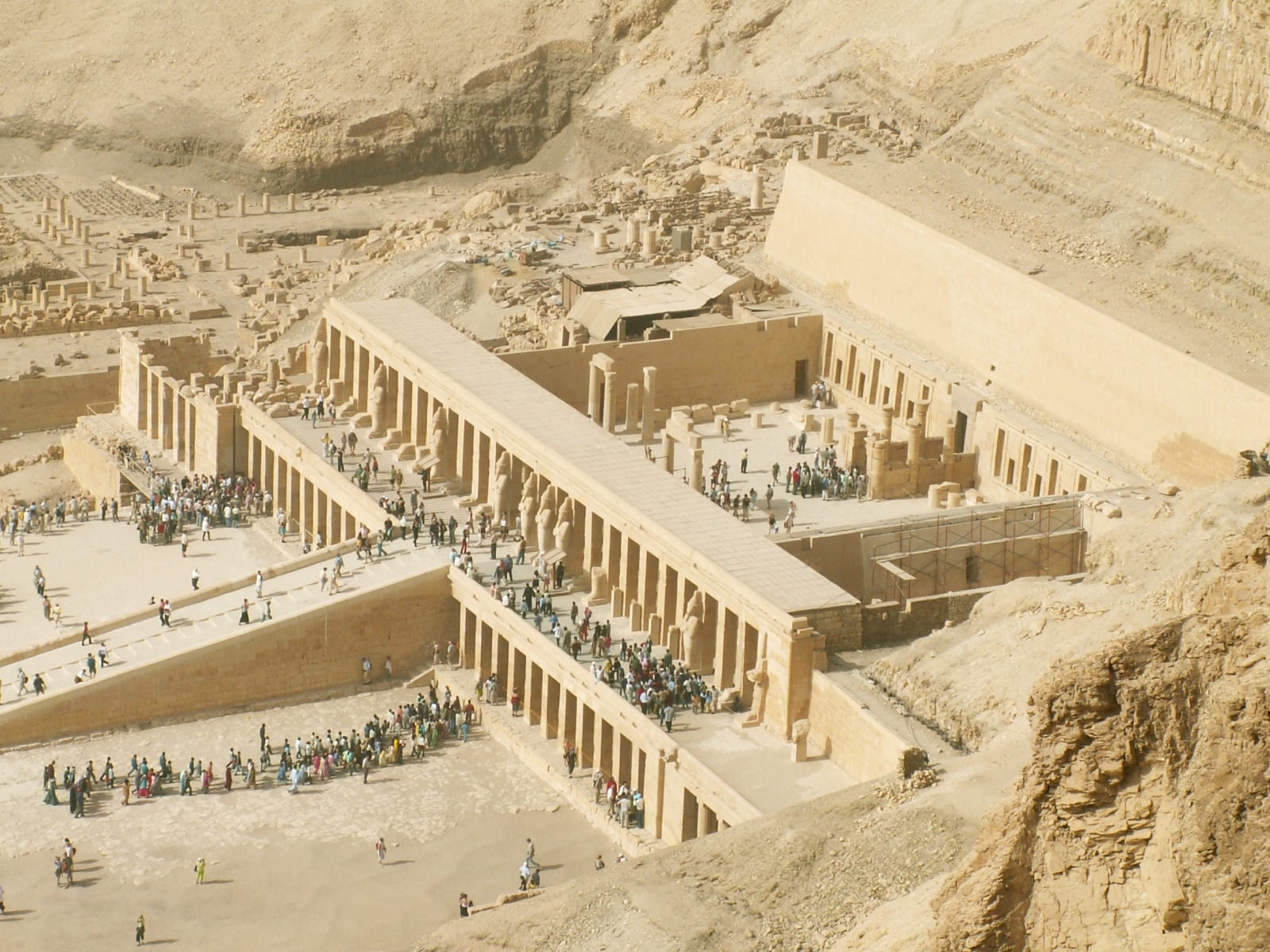Unravelling the Legacy of Egypt’s Queen Hatshepsut: A Remarkable Journey of Power and Influence
In the annals of ancient history, few figures stand as prominently as Queen Hatshepsut of Egypt. Often hailed as one of the most successful female rulers of all time, Hatshepsut’s reign marked a pivotal era in Egyptian history, characterized by prosperity, innovation, and cultural advancement. Her

story is one of resilience, ambition, and unparalleled leadership, leaving an indelible mark on the sands of time.
Born in the early 15th century BCE, Hatshepsut ascended to the throne of Egypt in a period of political turbulence following the death of her husband, Thutmose II. Despite societal norms dictating a patriarchal hierarchy, Hatshepsut boldly assumed the role of pharaoh, a decision that would shape the course of Egyptian history.
Central to Hatshepsut’s reign was her dedication to stability and progress. She implemented ambitious building projects, including the iconic mortuary temple at Deir el-Bahri, renowned for its grandeur and architectural sophistication. Through trade expeditions to distant lands such as Punt, she expanded Egypt’s influence and amassed great wealth, fostering economic prosperity throughout the kingdom.
Hatshepsut’s legacy is perhaps most strikingly captured in her portrayal through art and inscriptions. Rejecting traditional depictions of female rulers, she adopted the regal attire of male pharaohs, presenting herself as a formidable and authoritative leader. Countless statues and reliefs depict her with the traditional pharaonic beard, symbolizing her legitimacy and divine right to rule.
Yet, Hatshepsut’s reign was not without controversy. Upon her death, attempts were made to erase her from history, with subsequent rulers defacing her monuments and removing her name from inscriptions. Scholars speculate that this campaign of defamation was driven by political motives, aimed at consolidating power within the male-dominated establishment. Yet, Hatshepsut’s reign was not without controversy.
Upon her death, attempts were made to erase her from history,

iconic mortuary temple at Deir el-Bahri

Trade expeditions to lands Punt

Hatshepsut's statue with the traditional pharaonic beard
her monuments and removing her name from inscriptions. Scholars speculate that this campaign of defamation was driven by political motives, aimed at consolidating power within the male-dominated establishment.
Despite these efforts, the enduring legacy of Hatshepsut endures as a testament to her indomitable spirit and unwavering determination. Her reign serves as a beacon of empowerment for women throughout the ages, challenging conventional notions of leadership and paving the way for future generations of female rulers.
In modern times, the story of Queen Hatshepsut continues to captivate and inspire. Her achievements stand as a reminder of the boundless potential of women in positions of power, transcending the constraints of gender and reshaping the course of history.
As we reflect on the remarkable journey of Queen Hatshepsut, let us honour her memory and celebrate her enduring legacy as a trailblazer, visionary, and icon of female empowerment.
